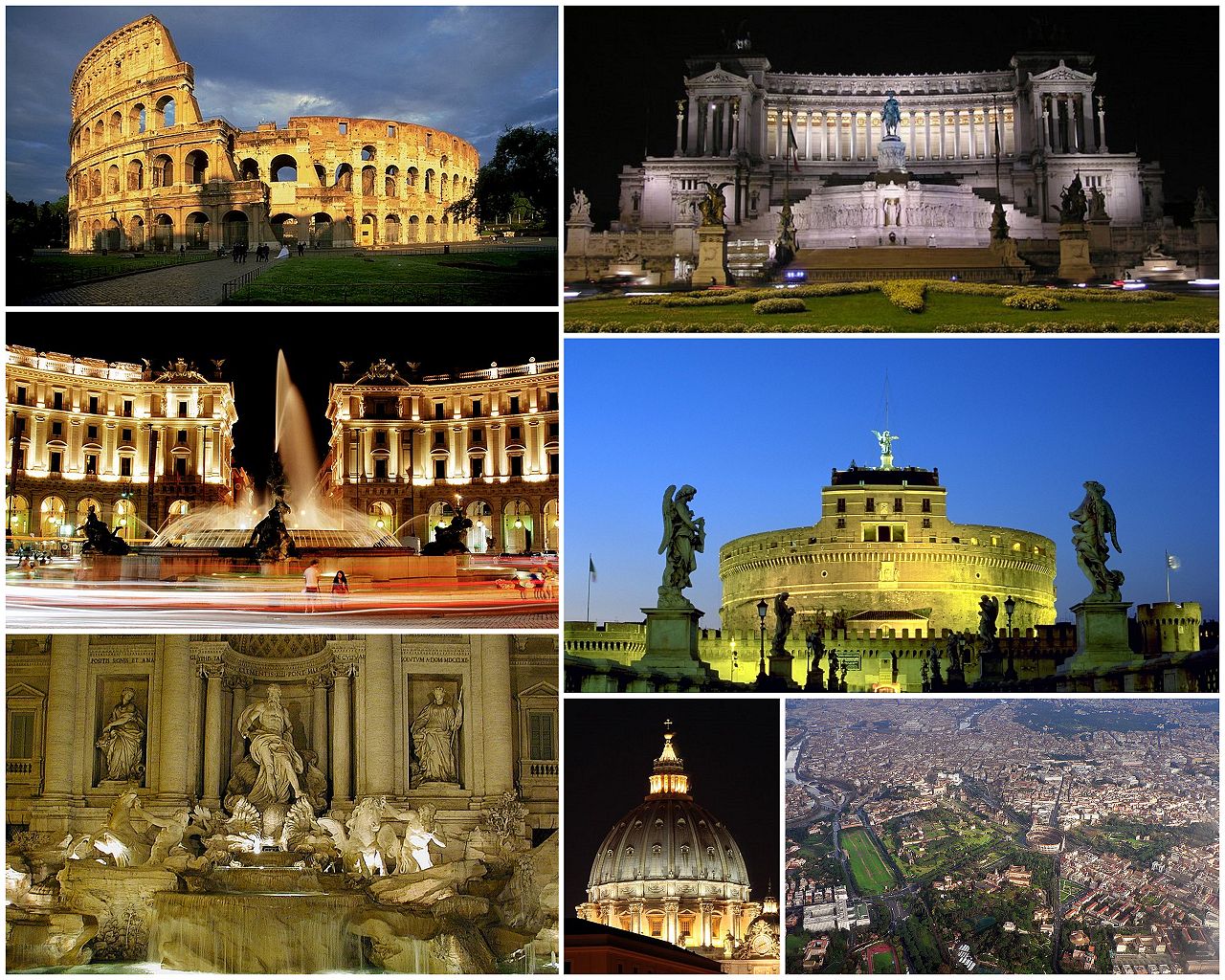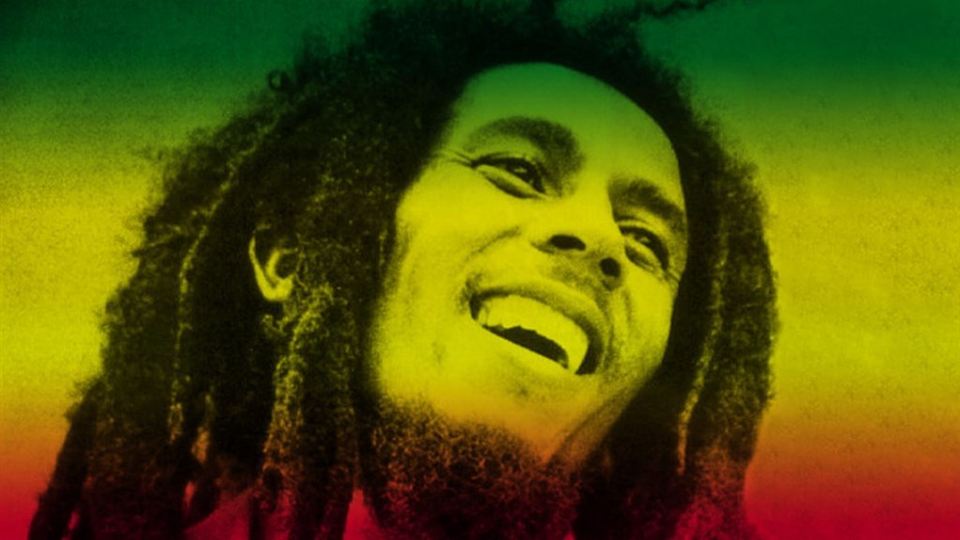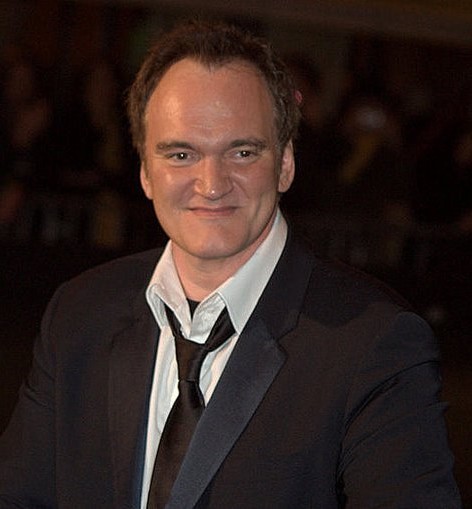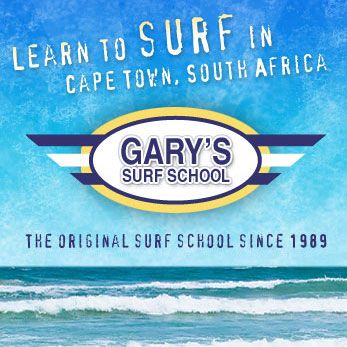“Do you posses the Italian style?” the new Peroni commercial asks their South African viewer. Well, visiting the capital of Italy, the city that once was the capital of the Roman Empire, will do the trick. Rome offers entertainment which exhibits the Ancient World as well as embracing modern technology. The city also houses the smallest nation in the world within its city limits: Vatican City. Discover Rome in just four days, a long weekend or mid-week, and be sure to take the Italian style home with you.
“Prego”, it sounds when the waiter puts your plate of spaghetti on the table. Combined with a real cappuccino, which means the cube of sugar slowly sinks through the milk foam, there is no better way to catch the sense of the city then to sit on a wooden chair on one of Rome’s many squares; all equipped with a fountain. Ordering a mascarpone or tiramisu is on Piazza Navona not a bad idea: the beautiful water splashes of the Fontana del Nettuno can keep you entertained for hours. The fact that the barista of the coffee shop at Campo di Fiori doesn’t speak Italian is because that’s the tourist trap. Very different from the old, grey hunchback who serves you at the Piazza Santa Maria in the old neighborhood Trastevere. The man, with a ‘singing’ voice most Italians posses, is just as authentic as the square itself, opposite one of Rome’s oldest churches.
There is a well-known saying about Rome: ‘When in Rome… do as the Romans do.’ So, if over 2, 7 million residents of Rome still care for their historical heritage (something every tourist should do as well) and cherish their many ancient architectural must-see monuments, why shouldn’t you? To do so, plan you day: if it’s a rainy day, start at the Vatican, if it’s warm, go outside. Gasp at the largest amphitheater ever built in the Roman Empire – the Colosseum – and landmarks like Castel Sant’Angelo, the Spanish Steps, Forum Romanum and the enormous monument of Vittorio Emanuele II, ‘King of Italy’. Using the city´s excellent metro system all of these monuments of time are within fifteen minutes reach of each other.
Vatican City, the location of the Pope’s residence, covers only 44ha and has a population of around 800, which makes it the smallest independent state in the world by both population and area. In summer this is very good noticeable; the queues to enter the three most touristic places to visit, St. Peter’s Square, St. Peter’s Basilica and the Vatican museums, are enormous. Entering the basilica from the square gives you a magnificent sight of the wealth of the Catholic Church; staring at the obelisk from the Circus of Nero you can see the gold platen inside the basilica. Its overwhelming beauty and exaggerated use of gold and marble make it an overdone and almost surreal church, but at the same time every piece of art inside is beautiful and hardly affect by the test of time.
Where the St. Peter’s Basilica is king, the Vatican Museum – which you don’t want to visit on the last Sunday of the month, because then it’s free and overcrowded – is the ace in the pack. You’re neck will start to hurt from watching the overflow of paintings, statues, carpets and ceilings, which also makes it hard to really enjoy them in one visit. Once you finally, after what feels like a kilometers long walk, arrive at the most famous ceiling (silence required) of the Vatican Museums, the Sistine Chapel, you won’t even be surprised by its beautiful decoration any more. Even though frescoed by the greatest Renaissance artists such as Michelangelo and Raphael, you’re eyes have seen enough art for one day and only ´God creates Adam´ will make you look. Even though your neck, eyes and feet are most certainly tired after a day in Vatican City, you can’t leave without climbing the 470 stairs (or take the elevator) up the dome of the basilica. Hit the top at a sunny moment and you will get the best view over the city, guaranteed.

When the next day the rain gives Rome his extra romantic flavor, couples walking together under the same umbrella and a grandfather laying his coat over a puddle for his wife, the lights of the main shopping street Via del Corso while lure you. Next to the small boutiques with exclusive one-off’s, you will have the opportunity to shop in one of the big shopping malls and buy Italian designer clothing directly from the factory. A must for anybody wanting to posses the Italian style. Shopping, looking smart and dressing well is part of the Italian way of life and should therefore be experienced that way: ‘piano, piano’ (slowly, slowly) instead of ‘prego, prego’ (hurry up, hurry up). Using the unbeatable metro system, one of Rome’s most famous buildings is reached before lunch: the Colosseum.
Arriving at the Colosseum shall give you a weird feeling; in the centre of a four-lane road and right next to the metro station stands this colossal amphitheater – dating back almost two thousand years – as a sign of the survival of ancient times. As the sun shines through its façade, you won’t be surprised that most of the tourists take pictures from the outside: it’s more overwhelming and magnificent than the inside, showing you the contrast between the ancient and modern Rome. Unless you take the boring and time-wasting guided tour, this monument of time doesn’t take your whole afternoon to look at and that gives you the chance (with the same entrance ticket) to visit the beautiful garden of the Palantine and the gigantic Forum Romanum. This central area around which ancient Rome developed is supposed to give you an idea of the grandeur this ‘eternal’ city once had. What’s left is an unorganized, unsorted ruin; torn apart buildings together with stones and bricks lying around make this make this monument look more like an ancient battleground.
Once you get out of the Forum Romanum, the monument of Vittorio Emanuele II can’t be missed; often regarded as too large and pompous, the 70m high and 125m wide building is built of pure white marble and has a huge equestrian sculpture of ‘The King’ himself riding on quadrigas. The over-the-top version of over-the-top. You can best enjoy the cup of take-away coffee on the steps of the monument; a seat at the coffee shop would make your cup twice as expensive. From the steps you can behold the maniac scooter ‘pilots’ in traffic. No matter the age or gender, fear is no issue. Opposite to the folly monument, which houses the flame of the unknown soldier, there is also the balcony overlooking the traffic square from where ‘Il Duce’ (former dictator Benito Mussolini) made his famous Fascist speech in which he launched the National Fascist Party. A square with a history, which can be felt by the presence of the real Romans and there cultural heritage.
The attractive aspect of Rome is that, when you’ve seen these landmarks in the first two days, there is a still lot more to see just by walking through the city centre. Don’t forget the Pantheon, the largest dome in Rome where the remains of Raphaël and Vittorio Emanuele II lay and Castel Sant’Angelo, an old mausoleum used as a fortress, which now serves as a museum. Standing on top, the overwhelming view of thousands of passing cars, bikes and people, will amaze you. It also includes the St. Peter Basilica, the Tiber (Rome’s main watercourse) and the big ‘via’ (street) which Mussolini built right through the city so that he could ride to the Pope in style. All is one bird-eye’s view.
Within the same walking distance, the neighborhood Quirinale will surprise you with its many fountains, churches, its rich assortment of flora and fauna and not to forget, the Quirinal Palace: the official residence of the President of the Italian Republic, Giorgio Napolitano. From there on out Villa Borghese, a magnificent park with many Roman statues in the naturalistic English manner, can be used for an afternoon stroll or – for the sporty types among us – to go running, skating or cycling. Coming out of the park, the famous Trevi Fountain, the most ambitious of the Baroque fountains in Rome, can be easily visited while passing by Piazza del Popolo. A traditional legend holds that if visitors throw a coin into the largest – standing 25.9 meters high and 19.8 meters wide – fountain of Rome, they are ensured to return.
What will stay in Rome forever, are the bones of over 4,000 Capuchin monks hanging in the Capuchin Crypt beneath the Santa Maria della Concezione dei Cappuccini church, near Piazza Barberini. Not for the fainthearted, this small crypt consists of one narrow walkway past six tiny chapels where the bones of the monks who died between 1528 and 1870 are nailed to the walls in intricate patterns, hang on the ceiling as (working) light fixtures or display an event like Jesus raising Lazarus from the dead, framed by various parts of the human skeleton. If you didn’t get noxious already, the last chapel holds a ‘nice’ message: “What you are now we used to be, what we are now you will be.” Fifteen minutes after you entered, you will think completely different about your own body.
Overall Rome is a big and multifunctional city and although the city drowns in its own ‘old Roman refuge’ and squares with fountains, every building or monument has some grandeur hanging over itself. Because Rome is a ‘walking city’, a foreigner fortunately doesn’t have to mingle in the horrible unorganized traffic, but therefore has to deal with the people on the street, who can be harsh and unfriendly sometimes. If you just keep an eye out for the many ‘tourist traps’ near the landmarks and enjoy Rome as the Romans do, the city is a great place to visit for a couple of days. And don’t forget to throw that coin in the fountain, because it’s a city worth visiting twice.












